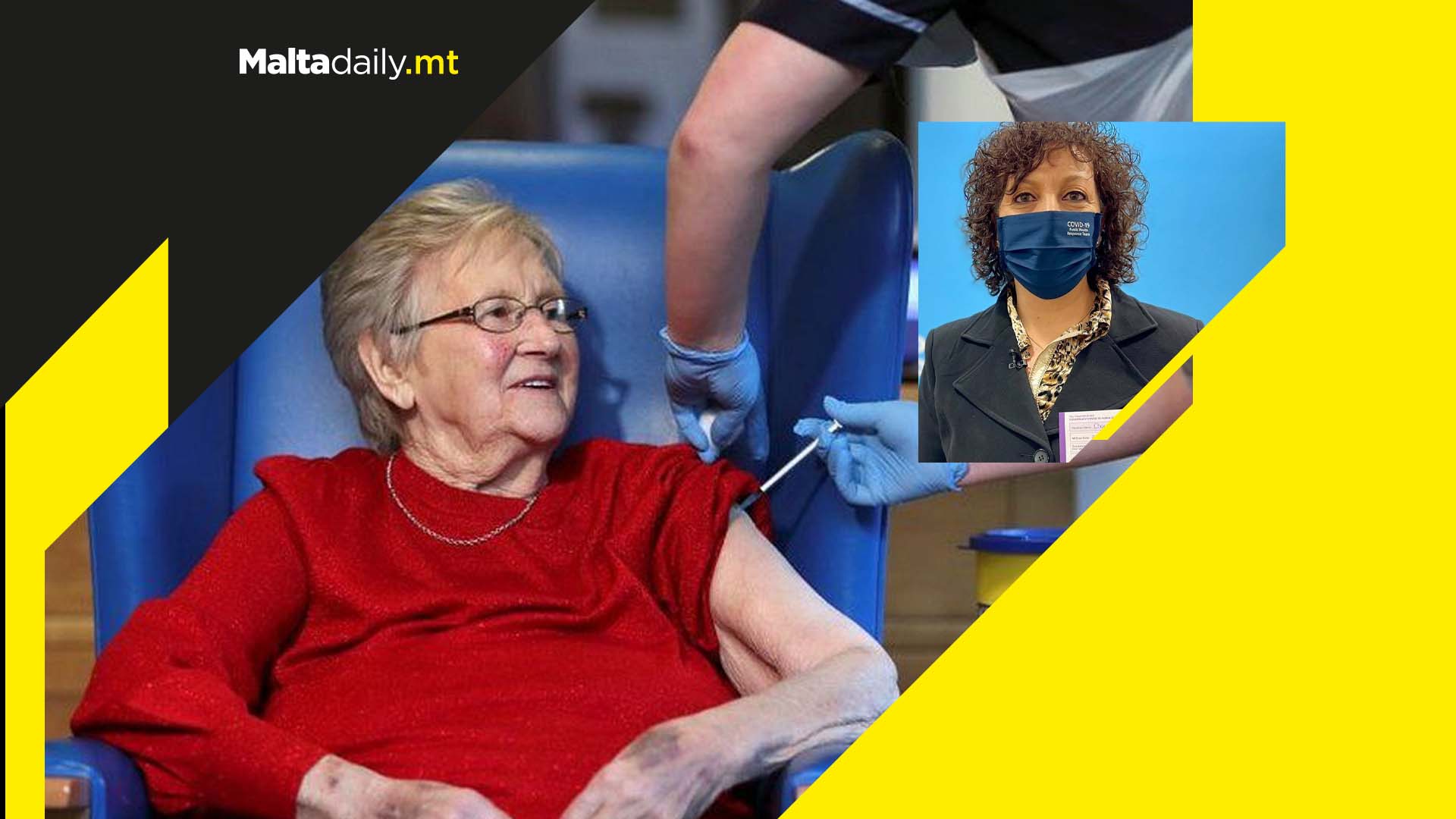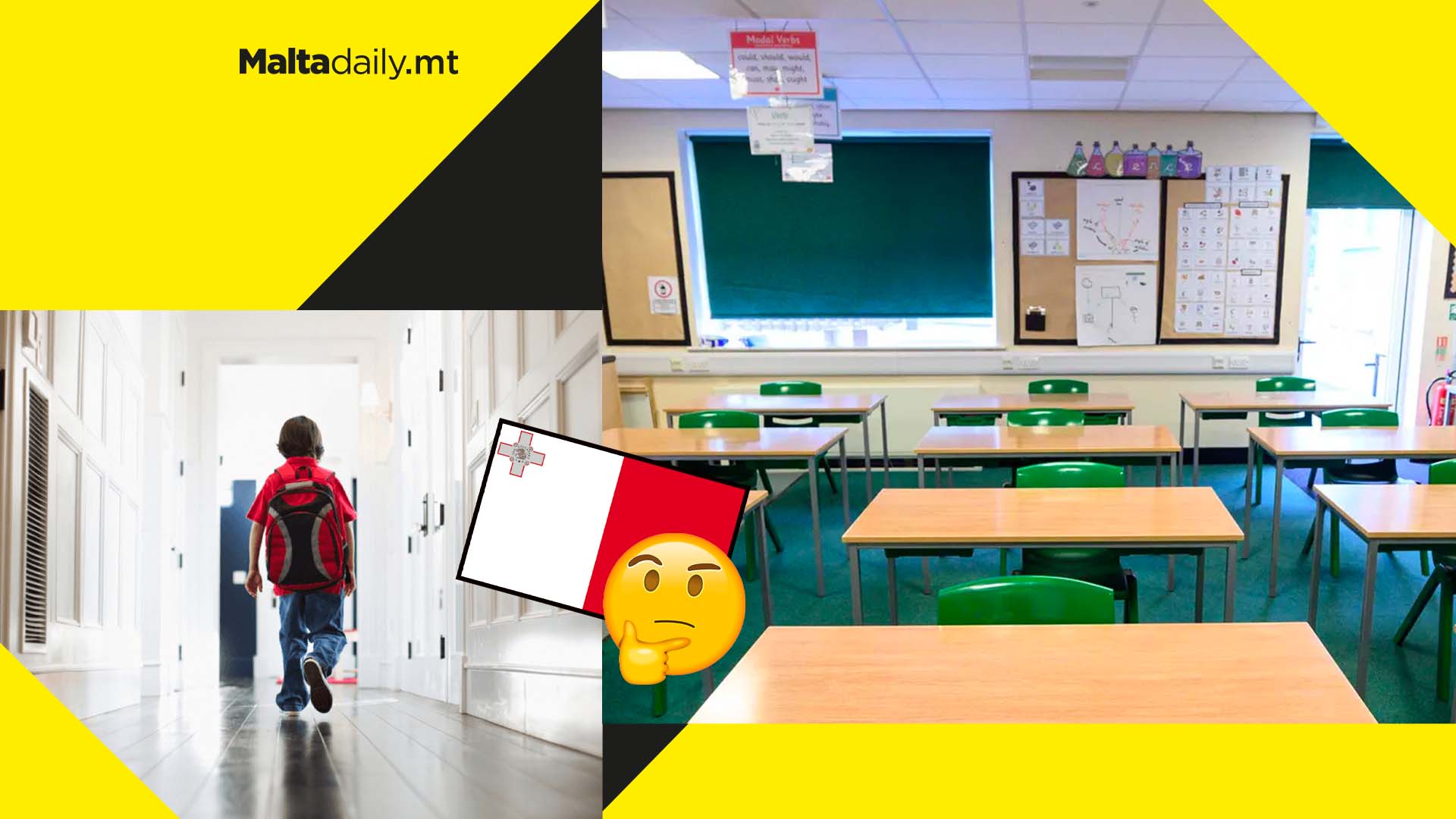
According to a new survey by the University of Malta, half of the population of the island thinks that the country’s elected politicians are corrupt, with only 15% disagreeing.
Carried out in January by the Faculty of Social Wellbeing, a sample of 600 people were asked about governance and the fight against corruption.
Respondents were asked to reply to the question ‘are politicians corrupt?’; and were asked to rank their answers on a scale from 1 to 5. 1 meant absolutely disagree, and 5 meant strongly agree.
Slightly under 30% strongly agreed that elected politicians are corrupt, with 20% agreeing. Another 35% were classified as neutral whereas 6% disagreed. Only 9% absolutely disagreed.
Young respondents and people with lower levels of education were the least to think politicians are corrupt – at an average of 3.1 and 3.3 respectively on the scale. Participants were also asked whether they would feel comfortable talking to a politician to get help or get referral services.
30% strongly agreed or agreed with the practice, with 19% falling into the neutral category of the scale. 16% disagreed but the largest amount, 35%, totally disagreed. People with the highest level of education and income were the most uncomfortable with seeking services from politicians.
On the other hand, participants who are currently inactive felt the most comfortable, with an average of 2.85 on the scale. The university survey found that the majority of respondents, 76%, consider the fight against corruption a very important matter, with only 5% considering it unimportant.
#MaltaDaily







